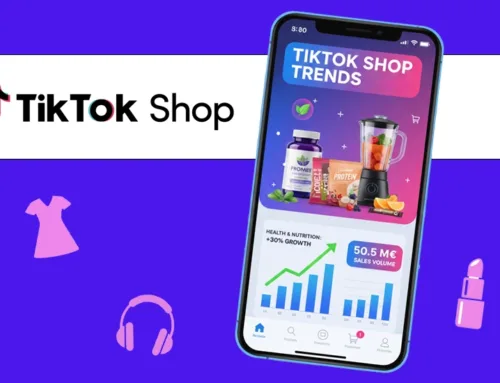Many advertisers dream of conquering the German market! Higher shopping baskets, reasonable shipping costs, a profitable market! In short, a great way to expand your business! For over ten years, we’ve been working with our French advertisers on the German market, giving them the keys to growth. This experience enables us to give you a few tips to help you avoid mistakes during your launch…
Translate 80% of your site
If the French are suspicious whenever they find a spelling mistake on a website, the Germans are even more so! Your site needs to be perfectly translated, and not just 80%. If product sheets are important, it’s the conversion path that needs to be impeccable: an untranslated button will discourage your users. Think about translating your texts, images and external communications.
Forgetting to translate your terms and conditions
Talking about translation brings us to a major difference with our German neighbors! Less than 5% of French online shoppers venture onto the CGV (Allgemeine) page, but Germans are far more fastidious! Especially if they’ve spotted a few spelling mistakes earlier on. So this is a page that can’t be overlooked. Our advertisers note that the GTC page is one of the most consulted on DE versions. Don’t hesitate to call on the services of specialized translation companies – a small investment that will ensure you don’t lose out on potential German-speaking customers.
No internal organization for product returns
On the same site, the average shopping basket of a German will be higher than that of a French person. However, don’t forget returns, which are much more frequent in Germany! Distance selling was already well established in Germany before the arrival of the Internet. In 1950, the Otto brand was already sending out its catalogs by mail: customers placed their orders, sent back products that didn’t suit them and paid for the products they kept. With the arrival of online stores, this return culture naturally evolved. This is why retails stores need to define their return policy precisely, communicate it well and prepare logistically.
Offer card payment only
In France, the majority of Internet users pay by credit card or Paypal, but don’t forget that the Germans make extensive use of bank transfers. Transfers can be immediate (Sofort Überweisung), i.e. the user is redirected to his or her bank account and can make the payment. Or, for example, in the case of payment by invoice (Rechnung), the customer will receive his product and make his transfer once he has received it (often within 4 days). If you restrict yourself to payment by credit card, you will once again see users abandoning their shopping baskets on the payment page.
Send opt-out emails
Our German neighbors are more rigorous when it comes to data protection. Be very careful with branded e-mails, whether from your internal customer base or third-party databases. Your e-mails must be sent to double opt-in bases, i.e. the user must have ticked the box authorizing the receipt of e-mails from the advertiser, then the user must confirm their request a second time by clicking on a link sent to them by e-mail.
Neglecting the details of your company’s information
Some advertisers wonder whether they should have an address in Germany. Of course, if you’re selling local French products, or travel, users will have different expectations. However, it’s strongly recommended that you offer a local German number (+49), so that visitors to your site can reach you without difficulty. German Internet users are the most demanding when it comes to protecting their identity on the Internet. Once you’ve launched your site, you’ll need to know how to attract customers without being too intrusive. The slightest misstep could drown your customer service department in requests and dissatisfaction. Once you’ve got this aspect right, you’ll be facing a dynamic market attracted by new products. You’ll need to define the right strategy to reach your customers, and we’re here to help!
Mis à jour le 23 January 2025
Mis à jour le 23 January 2025




